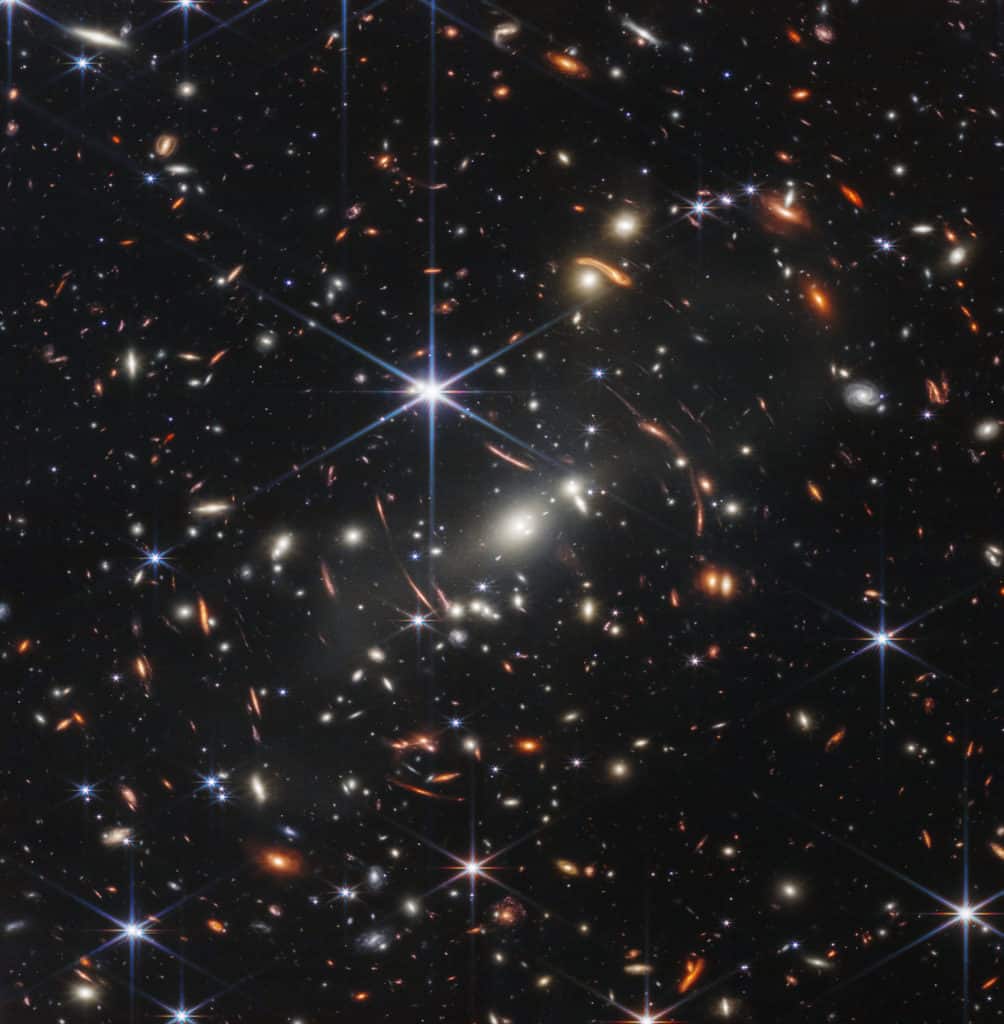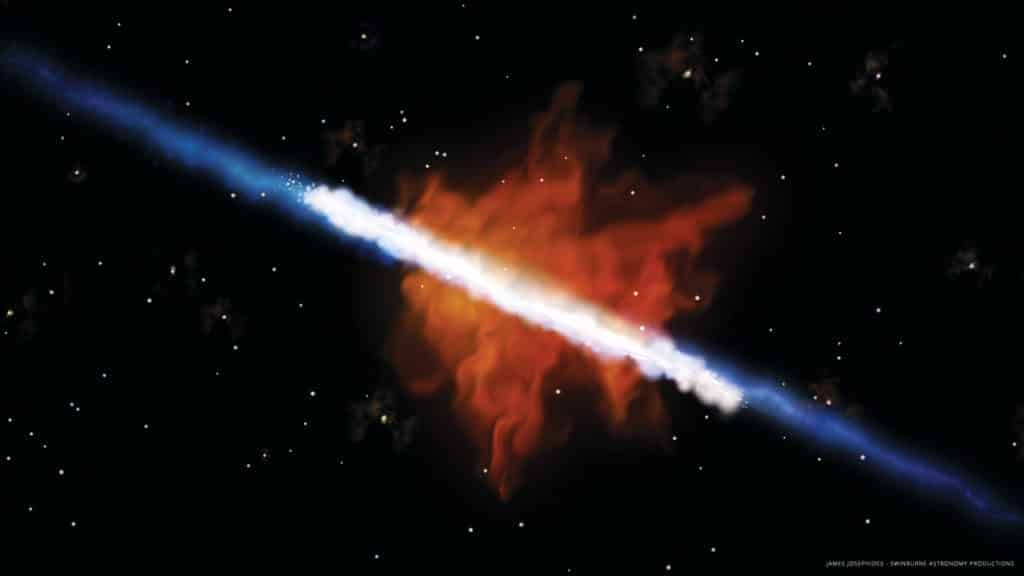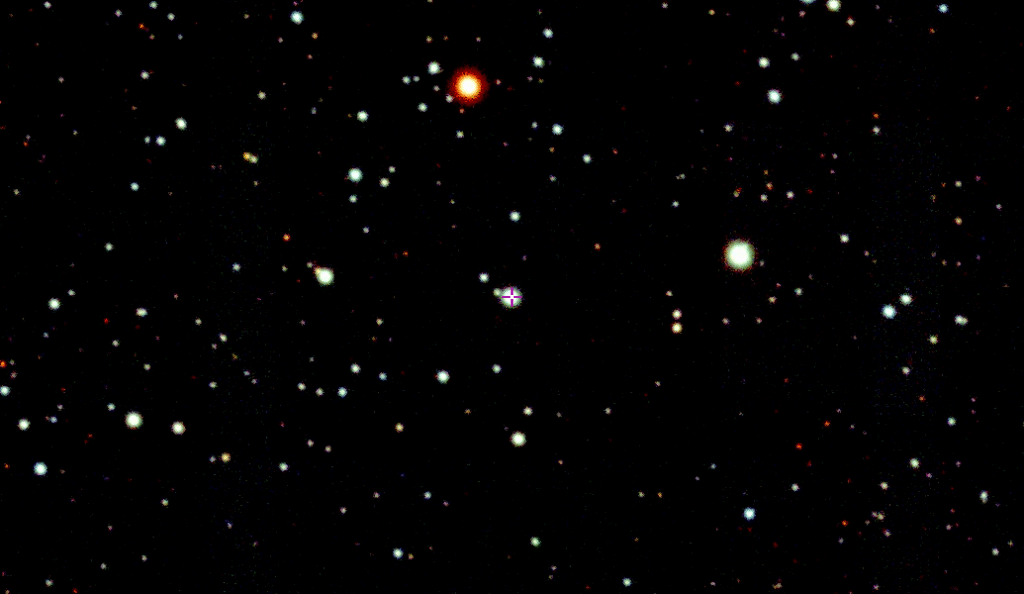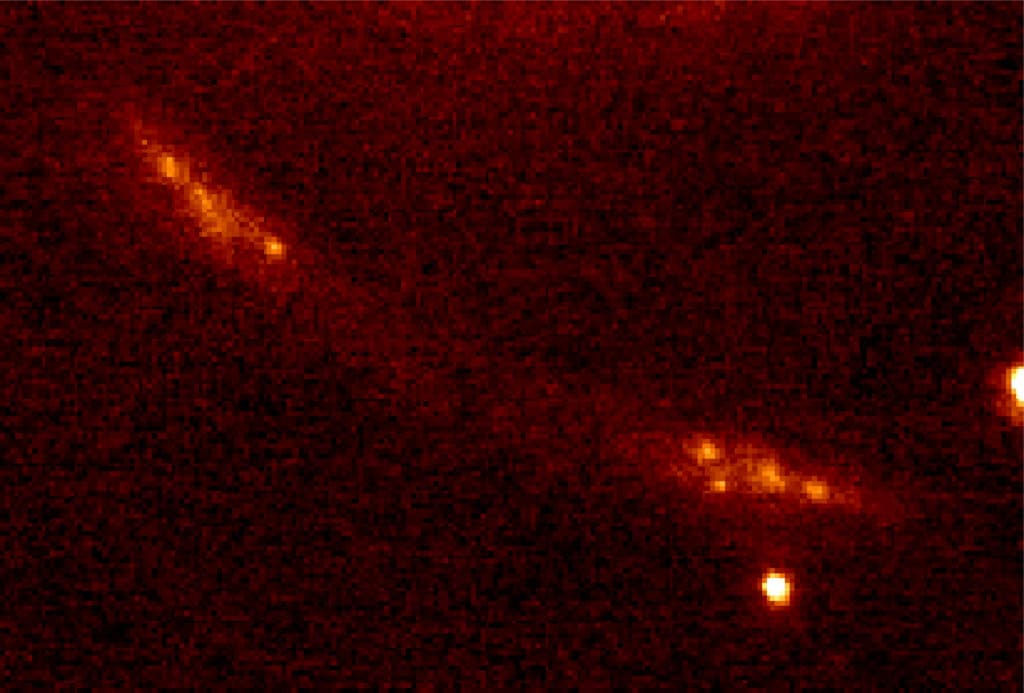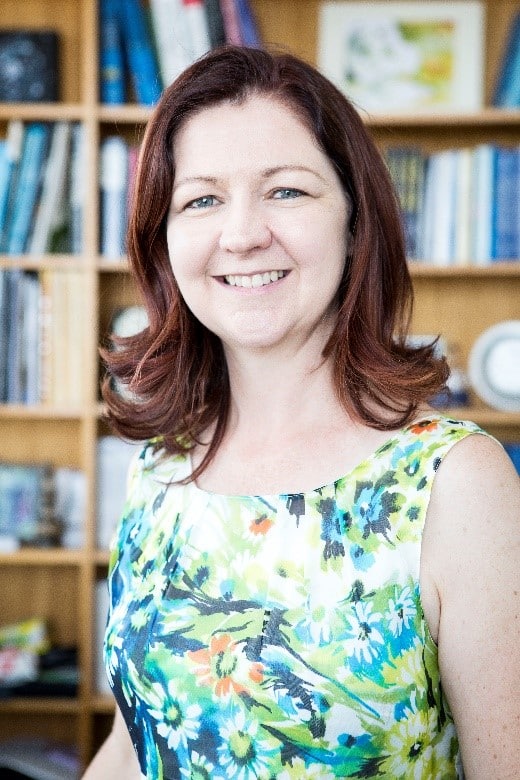Now we can sample other planets without leaving home
Published in Nature Communications
Five to ten million years ago an asteroid smashed into Mars. It created a massive crater and propelled a chunk of ancient Martian crust into space as a new meteorite, which eventually crashed into Africa.
We now know where on Mars that meteorite came from, thanks to a supercomputer-powered technology that allows us to explore the geology of planets without leaving home.
Remains of meteorite NWA 7034, known as Black Beauty, were discovered in Western Sahara in 2011. The story of its creation is told for the first time in Nature Communications by a global team led by researchers from Curtin University, supported by the Pawsey Supercomputer in Perth, Australia, and with colleagues in France, Côte d’Ivoire, and the United States.
Black Beauty is formed of Martian rocks formed nearly 4.5 billion years ago when the crusts of both Earth and Mars were still young. Now we know the source of Black Beauty, researchers can use it to compare the formation of Mars and Earth.
The technology behind the discovery will be used to identify the source of other Martian meteorites but also to identify billions of impact craters on the surface of Mercury and the Moon. More than 300 Martian meteorites have been found on Earth to date.
Continue reading Source of ancient Martian rocks found using Perth supercomputer



